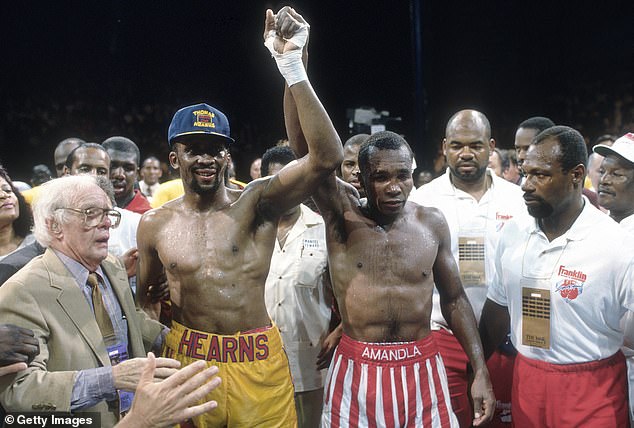Table of Contents
This Saturday night in Riyadh, the new world capital of boxing, a fight takes place that promises to revive the golden era of the ring.
The 1980s, when the Four Kings continued to fight each other (and the best of the rest) instead of protecting their records by beating up the hopeless.
The decade in which Sugar Ray Leonard, Roberto Durán, Thomas Hearns and Marvin Hagler relived the glory of the toughest game of the anticlimactic depression that followed Muhammad Ali’s heavyweight era by engaging in nine epic battles against each other to decide who He was the greatest of his time.
The nostalgia reflex is being triggered by the imminent clash between two undefeated Russian titans for the undisputed world light heavyweight title. These are Artur Beterbiev, who proudly carries a perfect record of 20 knockouts in his 20 fights, and the also undefeated Dmitry Bivol, who brings with him to the Arabian desert the distinction of having recently defeated Mexican legend Canelo Álvarez while making his way in boxing up to 23. victories.
Expectations are high, but these two Russians have a lot to live up to compared to the momentous Wars of the Kings, the four most historically significant of which we’re recounting now, in chronological sequence, not in order of merit.
Sugar Ray Leonard and Thomas Hearns faced each other inside the ring for the second time in June 1989.
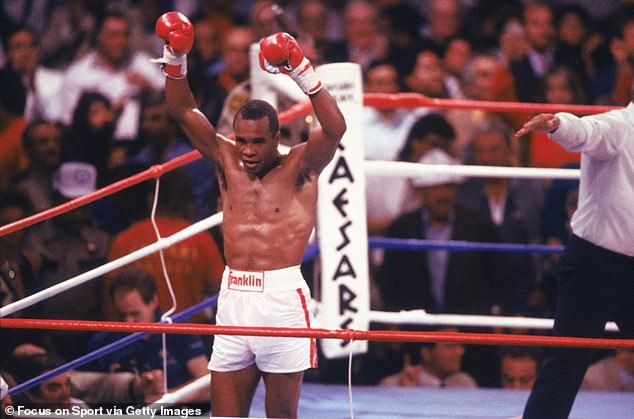
Leonard had triumphed the first time the pair faced each other eight years earlier in Nevada.
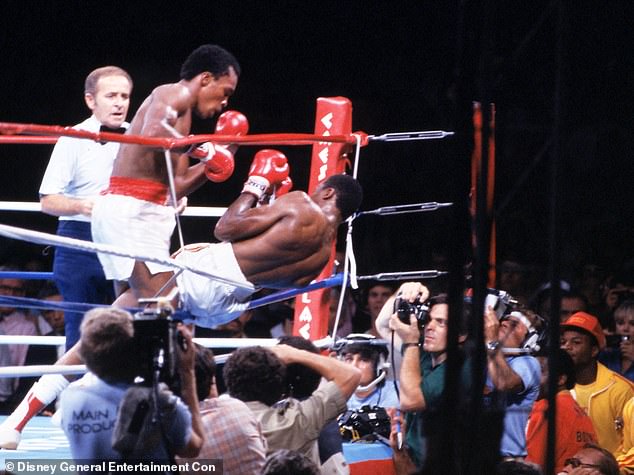
Leonard had been behind on all three scorecards when he recovered late to secure a stoppage in the 14th round.
So far, we have detailed the night Sugar Ray Leonard defeated Roberto Durán, the most brutal fight ever seen in a ring and, in part three, the most controversial.
And for the fourth and final installment, we have murder, revenge and two monarchs of the ring…
fight four
June 12, 1989 – Caesars Palace, Las Vegas, USA
Sugar Ray Leonard vs. Thomas Hearns
WBC World Super Middleweight Championship
Lunch by the pool at Caesars Palace.
A privilege to play with pasta and toast with Sugar and the Hitman.
Reflections in the sun-dappled waters of their two fights that had illuminated this palace of all kinds during the Four Kings’ reign over boxing throughout the 1980s.
And then a confirmed reveal here at the end of this saga.
They say that styles make fights. Never more so than when those sweet abilities met the Hitman’s concussive punching power.
The first collision, on September 16, 1981, came in his youthful prime for the undisputed world welterweight title, but it was already a fight the world longed to see.
The conflict turned so violently that even this diametrically opposed pair swapped roles during the heat of battle.
Hearns, having dominated the early exchanges with his customary two-fisted aggression, stepped back on his back foot when Leonard suddenly burst into the attack.

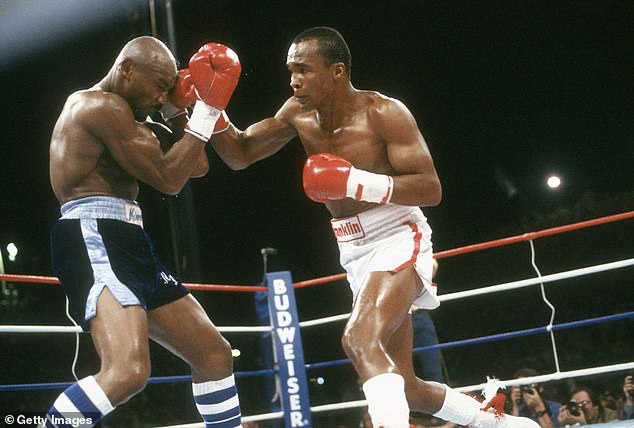
Both men reinforced their respective legacies by becoming multiple weight world champions in the intervening years.
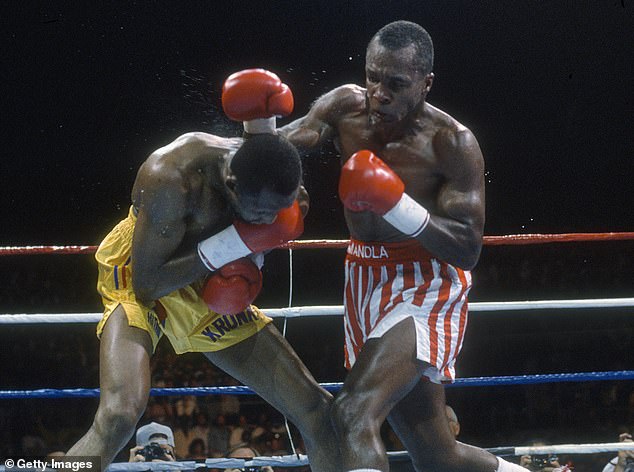
Then, amid considerable conflict outside the sport, the pair reignited their rivalry in the ring.
Angelo Dundee, Muhammad Ali’s legendary trainer, activated that change. Sensing, correctly, that his Sugar man was on his way to defeat, he yelled at Leonard: ‘You’re ruining it, you’re ruining it, man. Go after him. Now.’
The violent urgency of Leonard’s response was such (even with one eye swollen and nearly closed) that it produced the only result anyone had predicted. Hearns’ potentially winning lead on all three judges’ scorecards counted for nothing when he was beaten so brutally against the ropes in the 14th of 15 rounds that referee Davey Pearl was forced to intervene.
Leonard by technical knockout. Hearn asks for a second chance.
When the rematch finally came, in the summer of 1989, both had grown not only in experience and wisdom but also in size. In the summer of ’89 they would fight for the WBC super middleweight world title. They agreed to a contract to face each other at a weight of 164 pounds for the 168-pound title, with a penalty clause of a half-million-dollar fine if one or the other exceeded that limit.
Although Leonard was guaranteed £10m and Hearns £8.4m, neither would risk paying the fine. Sugar weighed in at 160 pounds, Hearns at 162 pounds.
On the morning of the fight, Hall of Fame promoter Bob Arum had a lot more than a few pounds to worry about. It was dawn when Hearns’ younger brother, Henry, was arrested for shooting his girlfriend to death at the wrestler’s home.
Arum rushed to the Hitman hotel and then emerged relieved to announce: ‘Tommy was mad at me for stopping by. He told me, “Look, this won’t affect me. I’ve been waiting eight years to knock this guy out.”
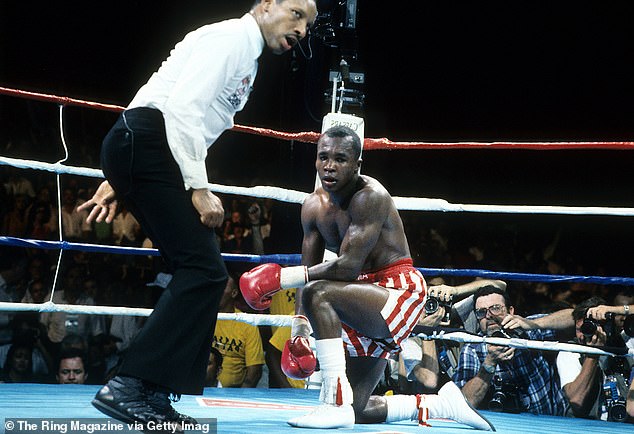
Hearns ultimately scored the only two knockdowns in his rematch with Leonard, taking down Sugar on third and 11.
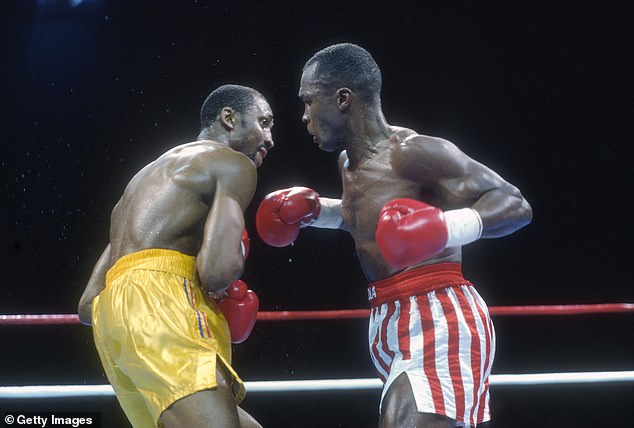
However, Leonard had several big moments throughout the duration of the contest.
When they resumed their long-interrupted argument, Hearns got the only two falls. First with a blow to the temple in the third round, then with two right hands to the jaw in the eleventh. It wouldn’t be enough. Not quite.
They had traded big rounds midway through the fight, but Leonard went so powerfully in the 12th and final round that one judge, Dalby Shirley, balanced one of Hearns’ takedown rounds by scoring it 10-8 on Sugar. Had he opted for a regular 10-9, Hearns would have gotten a fraction of the revenge victory most of the crowd expected.
Shirley’s final score of 112-112 drew boos for the tie, as Jerry Roth voted 113-112 for Hearns and Tom Kaczmarek by the same one-point margin for Leonard.
The initial reaction of both was sporting. Leonard: ‘We both showed that we are champions. I accept the decision.’ Hearns: ‘I’m proud of the draw. “The judges could have ruled that I lost, so I’m grateful for what I got.”
Later there were hints of a different story. Whispers from Hearns’ neighborhood that when they both raised their hands, Leonard had whispered in his ear: ‘You beat me this time.’ Tommy. That’s between you and me. Leonard let it be known that “I just told him he was a great champion.”
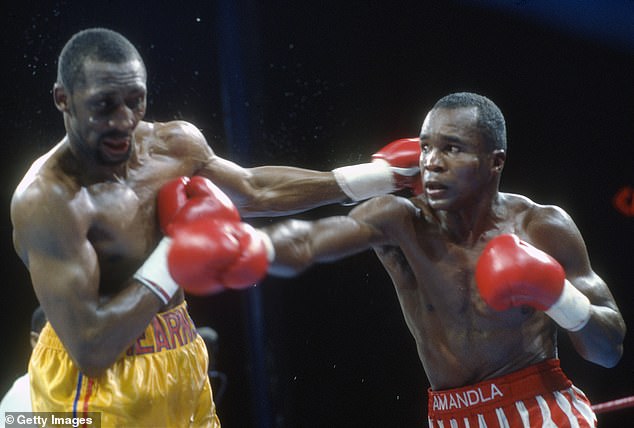
Sugar once again pushed hard in the closing stages and earned a 10-8 from judge Dalby Shirley.
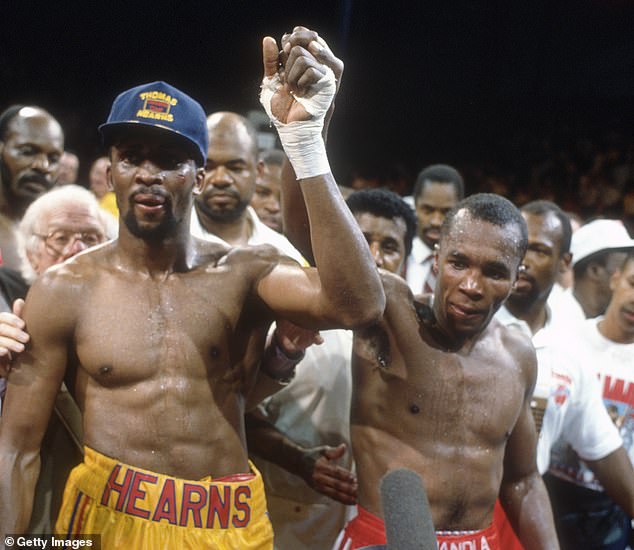
That scorecard would ultimately prove decisive, as the fight was controversially declared a split draw.
By the time we started focaccia at Caesars a few years later, their friendship had fully grown. When I brought up that touchy subject, Tommy smiled at Ray, who smiled back and declared, ‘Yes, I said that. It’s okay, Tommy. You deserved to know that. Not just for a big fight. For your career.
Then he laughed and said, “But don’t forget: I won the first one.”
That’s how it should be when great fighters give their all against each other. This was the case among the monarchs of the golden age of the ring.
THE LEGACY OF THE FOUR KINGS
To put it in the context of Las Vegas, the Four Kings were boxing’s version of the Rat Pack.
Sugar Ray Leonard was his Frank Sinatra, the leader of the pack, Tommy Hearns his cool dad Dean Martin, Roberto Duran his swinger Sammy Davis Jnr, Marvin Hagler his more serious Peter Lawford, the London-born actor and brother-in-law of President John F. Kennedy.
As the first boxer to accumulate $100 million in purses; as a winner of world titles in five weight divisions; as a superstar genius of the ring; as the closest to Muhammad Ali and Sugar Ray Robinson at the top of the ranking of the best boxers of all time; as a very decent golfer in later life… Leonard fully qualifies for the title bestowed upon Sinatra by the rest of the Rat Pack: Chairman of the Board.
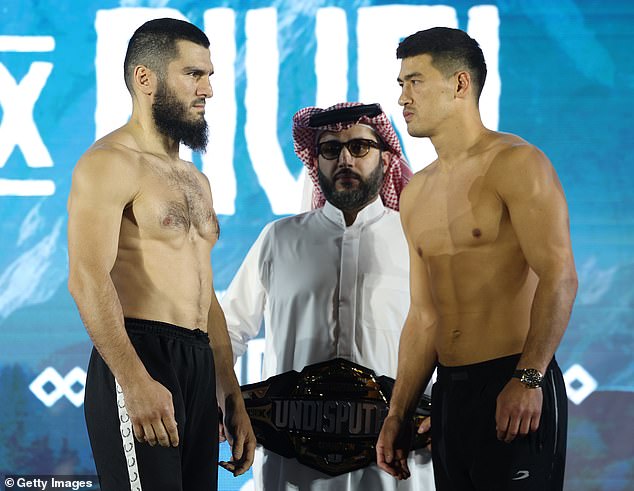
Artur Beterbiev and Dmitry Bivol have the chance to stake their claim as modern successors to the Four Kings when they face off in Riyadh.
THE SUCCESSION
It has been a long wait for the true heirs to his throne to emerge.
Will it be a Russian coronation? Are Dmitry Bivol and Artur Beterbiev, both undefeated light heavyweight world champions, the promised successors?
The boxing world is holding its breath as it waits for them to perform in Riyadh this Saturday night.

